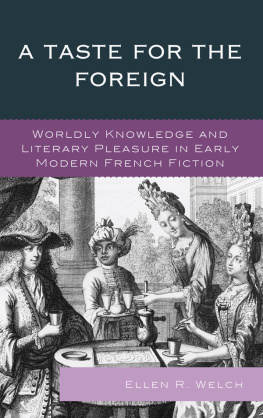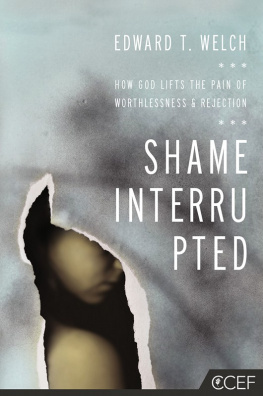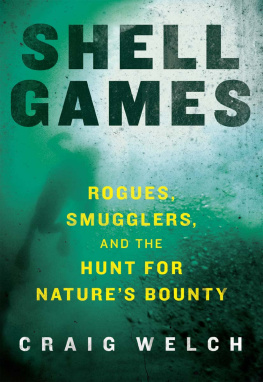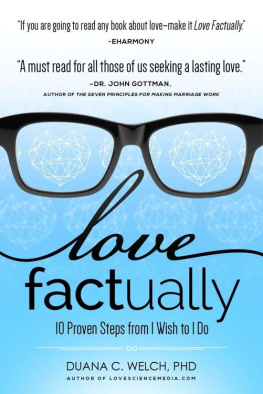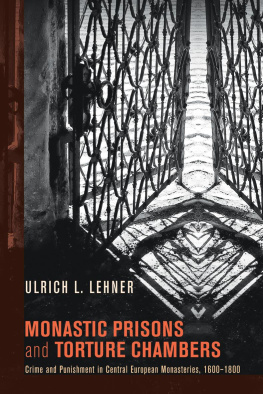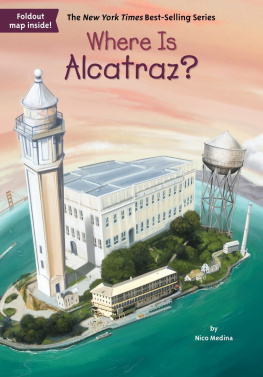PREFACE
The journey begins in Argentina, where Maximo Sozzo asked me to serve as a visiting professor in 2008 (at Universidad Nacional del Litoral, Santa Fe). While staying in the San Telmo neighborhood of Buenos Aires, Melissa Macuare and I paged through a well-worn copy of Lonely Planet. We noticed an entry for a nearby prison museum. As criminologists, we did not hesitate to find it. The museum spoke to the smooth nuances of penology, including the role of religion, work, and science in the transformation of prisoners. The following year we returned to Argentina, thanks to another invitation from Maximo. It seemed only natural to revisit the prison museum, document its assorted collection, and analyze its thick narrative. Borrowing ideas from Michel Foucault and Emile Durkheim, the article was published in Theoretical Criminology.
In 2010, the University of Sydney offered me a visiting professorship to study the controversy over the detention of the boat people. Due to the sobering subject of human rights abuses, I frequently sought refuge in the citys museums. Again, Lonely Planet directed me to the Hyde Park Barracks. With camera in hand, I captured the history of English and Irish convicts banished to the antipodes. While in Melbourne, I explored the Melbourne Gaol, which also received a good review in Lonely Planet. Comparing the tours at the Hyde Park Barracks, the Melbourne Gaol, and the Argentine Penitentiary Museum, another article emergedthis time in Punishment & Society. The next year brought me to London to work on another project on the detention of asylum seekers. In my spare time, I took my growing interest in penal tourism (and Lonely Planet ) to the Clink prison museum. The next logical step was to prepare a third in a series of articles: Penal Tourism and a Tale of Four Cities: Reflecting on the Museum Effect in London, Sydney, Melbourne, and Buenos Aires (in Criminology & Criminal Justice ).
My travel itinerary for 2012 took me first to Seoul, South Korea, where one of my books (Scapegoats of September 11th) was translated into Korean. That book tour extended to Hong Kong, where I lectured at the University of Hong Kong. You guessed it. Lonely Planet listed prison museums in both cities. I returned home with more memories and more photographs. Later that year, I visited South Africa to give a talk at the University of Cape Town. While Robben Island was already high on my list of places to visit, Lonely Planet also pointed out another prison museum in Johannesburg. With eight former prisons now in my research dossier, I decided to expand what started as a past timethen a side projectinto a full-blown book. Realizing that ten is a psychologically satisfying number, I added two more usual suspectsAlcatraz and Eastern State Penitentiary (in Philadelphia). Along the way, I deepened my appreciation for Foucault and Durkheim as their insights paved the way for some theoretical exploration into the history of incarceration. In the chapters to follow, I share my thoughts and observations on this intriguing phenomenonpenal tourism. But first, I should acknowledge the many people who provided me with much needed help and guidance.
In Buenos Aires, warm gratitude is extended to Melissa Macuare (for her companionship and fancy camera work), Maximo Sozzo, Richard Salvatore, Horacio Benegas, and Sheila Recino. For the Australian portion of the research, I am grateful to the University of Sydney, Faculty of Law, Institute of Criminology. Several colleagues there made my stay worthwhile, including Dean Gillian Triggs, Pat OMalley, Gail Mason, Louisa Di Bartolomeo, and Murray Lee. Linda Weber (at State University of New York, Utica) invited me to deliver a presentation on prison museums in Argentina and Australia; that lecture prompted me to reformulate some of my early thoughts on comparative work. In Seoul, I appreciate the diligence of my editor, Kim Jung Yun, at Galmuri Publishing as well as my translator Mr. (Jinwoo) Park. Suk-woo Jung and Kyung-mok Park (at the Seodaemun Prison History Hall) were extremely courteous. Many thanks also to Maggy Lee and Michael Adorjan at the University of Hong Kong for their hospitality. At Constitution Hill in Johannesburg, Lerato Sefume and Lorraine Majola provided excellent tours and commentary. Gail Super, Clifford Shearing, and Theresa Hume at the University of Cape Town made arrangements for an enjoyable roundtable on prison museums. Likewise, I received enormous support and cooperation from the wonderful people at Robben Island: Sibongiseni Mkhize, Boniswa Kondile, Richard Whiting, Wendy Duma, and Sipho Msomi (political prisoner, 198489). Altogether they brought me into the orbit of Nelson Mandela to whom this book is dedicated.
For 2014, my academic home was the London School of Economics, Department of Social Policy, Mannheim Centre for Criminology. Tim Newburn, David Lewis, Mike Shiner, Damian Roberts, Debra Ogden, and Conor Gearty (Department of Law) are mentioned for their generosity and support. Also in London, Kevin Coyne deserves special mentioning. In the San Francisco Bay area, my friends Jonathan Simon, Dario Melossi, and Alessandro De Giorgi took time to meet and encourage me to pursue this project. Rutgers University, for decades, has contributed to my steady scholarly output, especially through its sabbatical program. I am grateful to Dean Fran Mascia-Lees, Lennox Hinds, Sarah Laboy-Almodovar, Matthew Bellof, and my many colleagues in the Program of Criminal Justice. Students enrolled in my Prisons & Prisoners and Torture & Human Rights courses are commended for sitting through the seemingly endless supply of slide shows on prison museums. Their attentionand good humorserved as additional motivation to complete this work. At the University of California Press, Maura Roessner, Jack Young, Robert Demke, and Dore Brown provided excellent guidance throughout the publishing process. The manuscript was greatly improved by insightful comments by all four anonymous reviewers (thanks to whoever you are).


